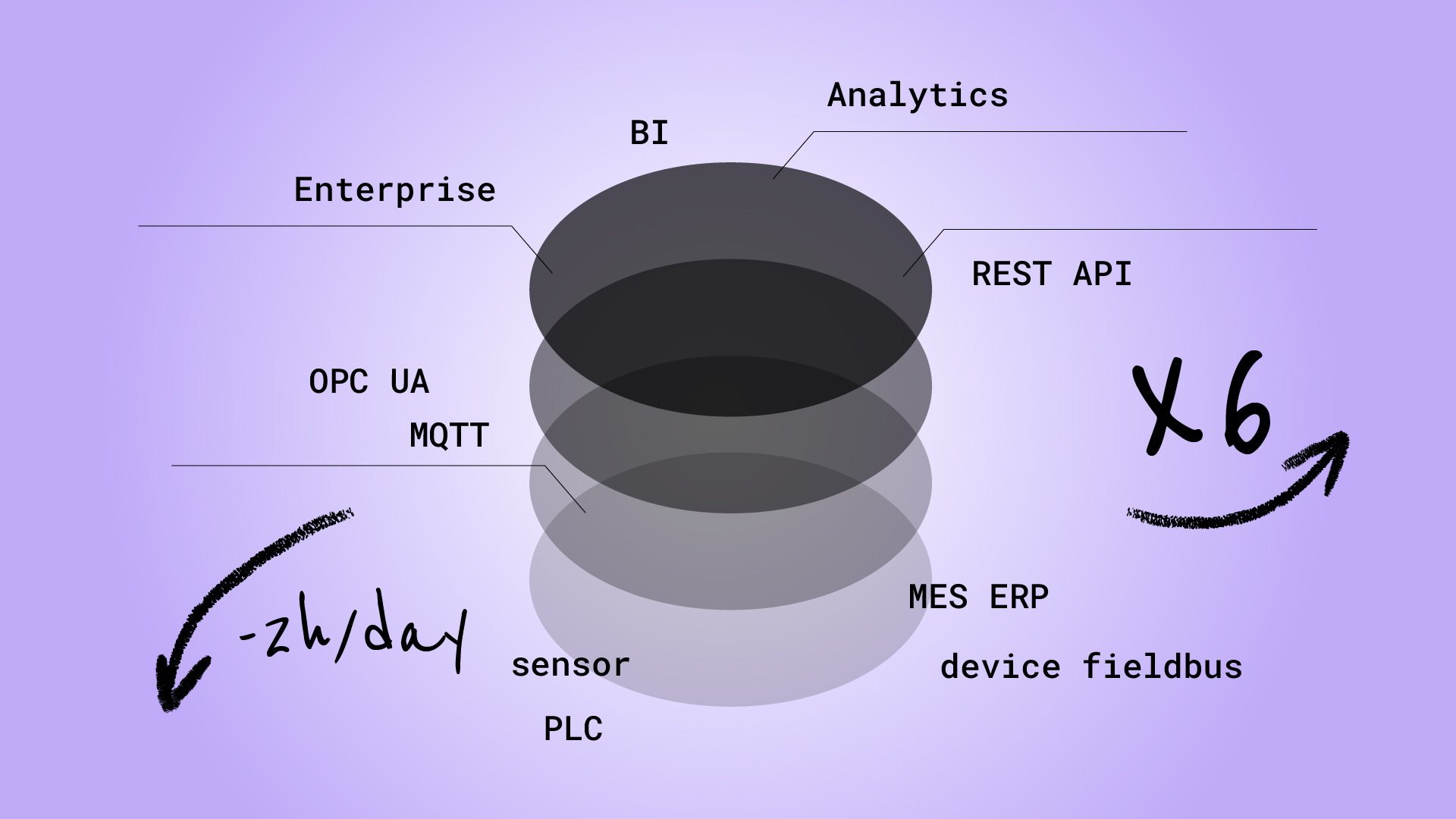
Which situation would benefit the most by using Edge Computing?
What is Edge Computing? Is it secure? And how can I implement it in my company? Let's analyze the main features to find out which situation would benefit the most by using Edge Computing.
Edge Computing and its architecture
Edge architecture looks like a simple decentralized IT architecture distributed among connected devices. Through it, data is no longer processed in the Cloud but locally for faster execution in the field.
The typical use case is in the Industrial IoT environment. In this context, data transfer face problems of lack of bandwidth, reliability, and the dreaded latency. With traditional cloud usage, data processing time can be slow compared to the application's response time.
This is where Edge technology comes in. It processes critical, latency-sensitive data at the point of origin, or it sends this data to a server located nearby. Data, less strategic, is sent to the Cloud for more complex processing.
What describes the relationship between edge computing and cloud computing?
Edge computing is reaching a stage of maturity. The number of connected devices increase, and the networks evolve, enabling rapid and complex data processing. Gartner, in one of its reports, highlighted 'Cloud on the Edge' as a technology to consider for the next years in manufacturing.
The possibility of processing data to the field is one of the typical use cases of the Edge in the IoT. Such as sensors, industrial systems, cameras, POS, 'smart meters' for electricity, gas, water, and many other devices. Try to think how many devices could be connected to the Cloud and how how much value these data can generate.
We have just analyzed what Edge Computing is, its architecture, and the role of the Cloud on the Edge. Let's its security, benefits, and implementation.
Security Edge Computing
Edge computing creates additional network edges that lead to a greater level of complexity, posing a challenge for organizations. Indeed, Edge Computing requires control over an increasing number of IoT devices that collect and share data.
Network and security operations can no longer act in separate areas - Edge Computing needs enterprise-wide technological, organizational and cultural changes, as security and IT must act as one integrated system.
What are the benefits of using edge computing?
When we speak of edge devices, we are, in any case, referring to IoT devices.
But unlike the latter, edge devices (thanks to edge computing) can provide more processing resources than an IoT network.
As a result, edge computing reduce latency between IoT devices and major networks.
The considerable advantages of edge computing enable many organizations to:
- speed up operations;
- improve network performance;
- reduce costs.
All this enabling brings better results and experiences. However, as edge devices and networks increase the attack surface, security must have the same priority as computing and networking.
Which situation would benefit the most by using edge computing?
First of all, the technology is suitable for all those activities that require:
- the coordination and exchange of information between geographically distant areas;
- real-time data processing on the territory.
Concrete situations of the use of Edge Computing are:
- drones used in refineries and chemical industries,
- autonomous vehicles operation.
Are you looking for an Edge Computing real case study? Take a look here and download the White Paper: Edge Computing in food sector
Contact us to find out which solution may be ideal for your business.
Download Alleantia ISC Software for FREE and discover how data, from each type of device and industrial machine, can be easily converted for the Cloud and enterprise applications.
Listen to the article in podcast format





